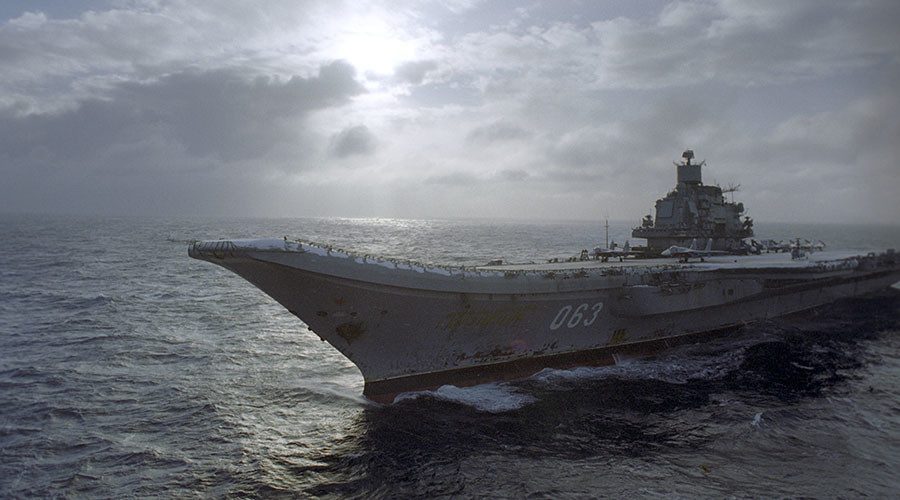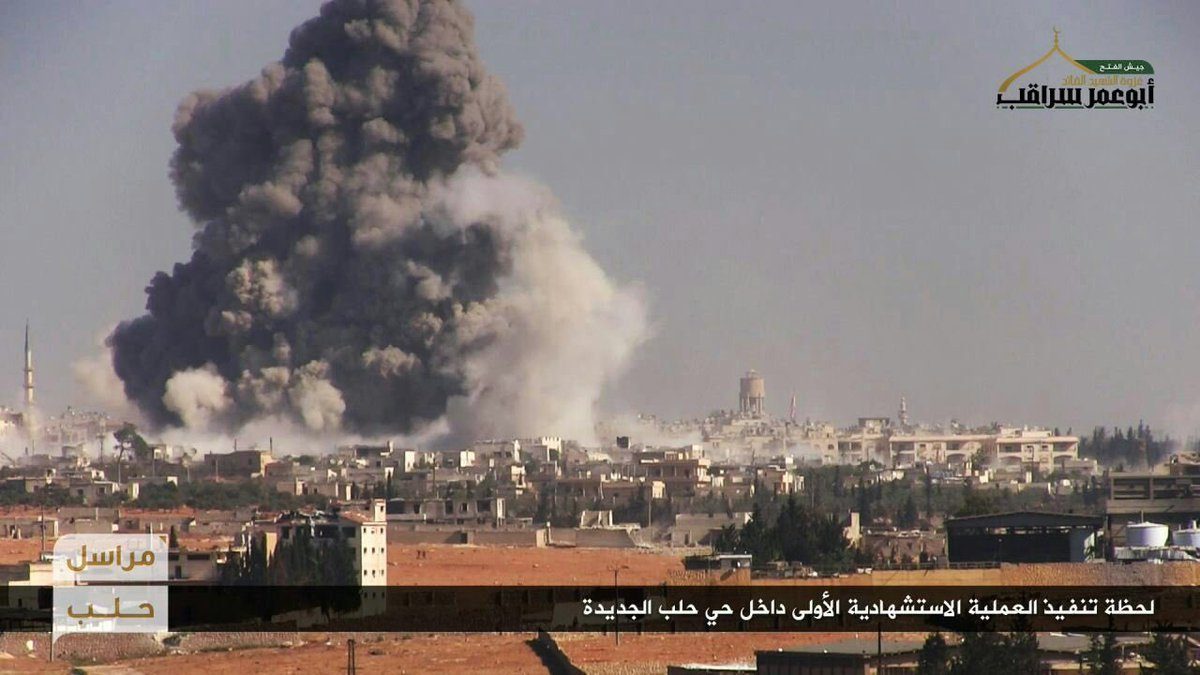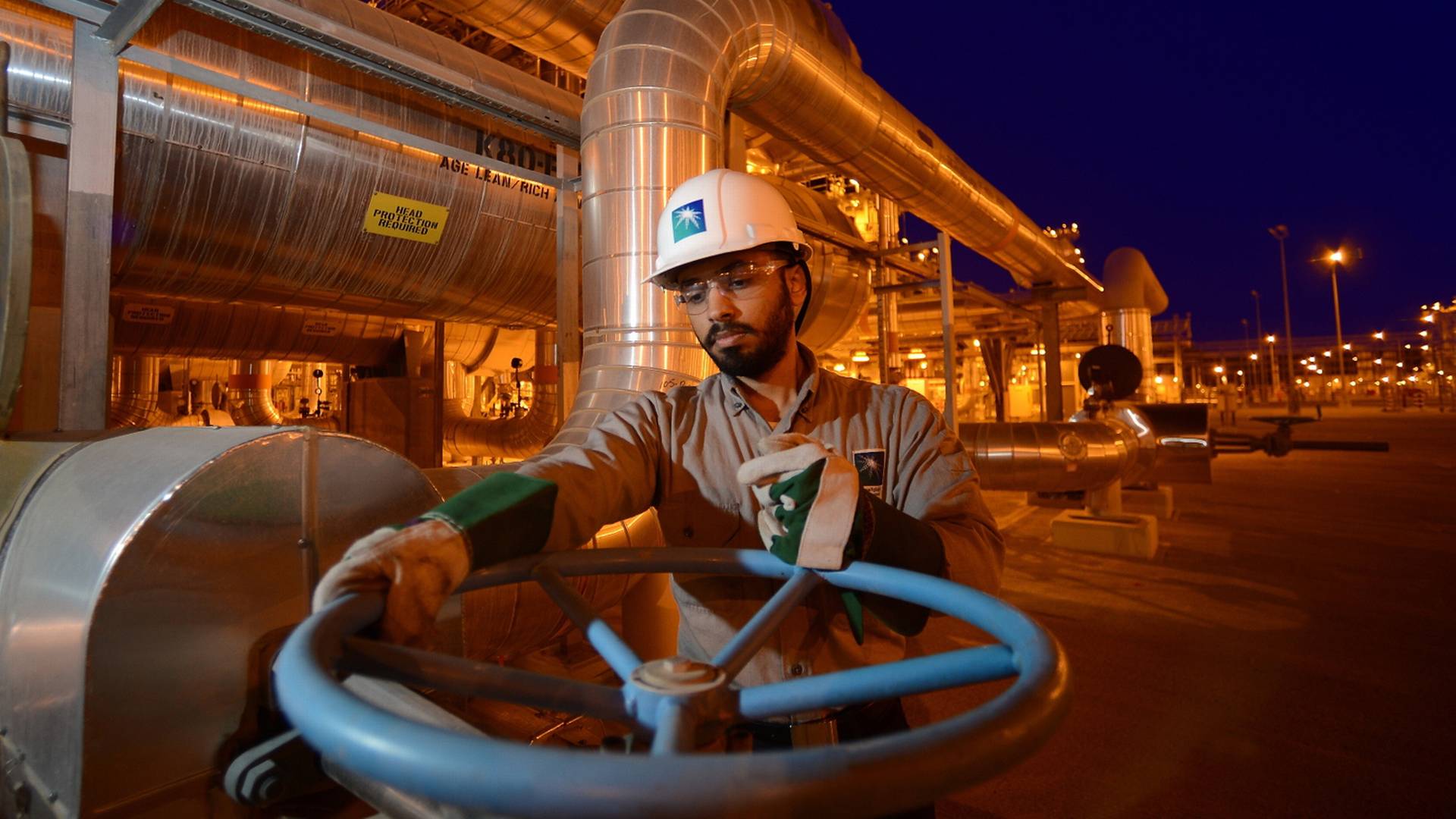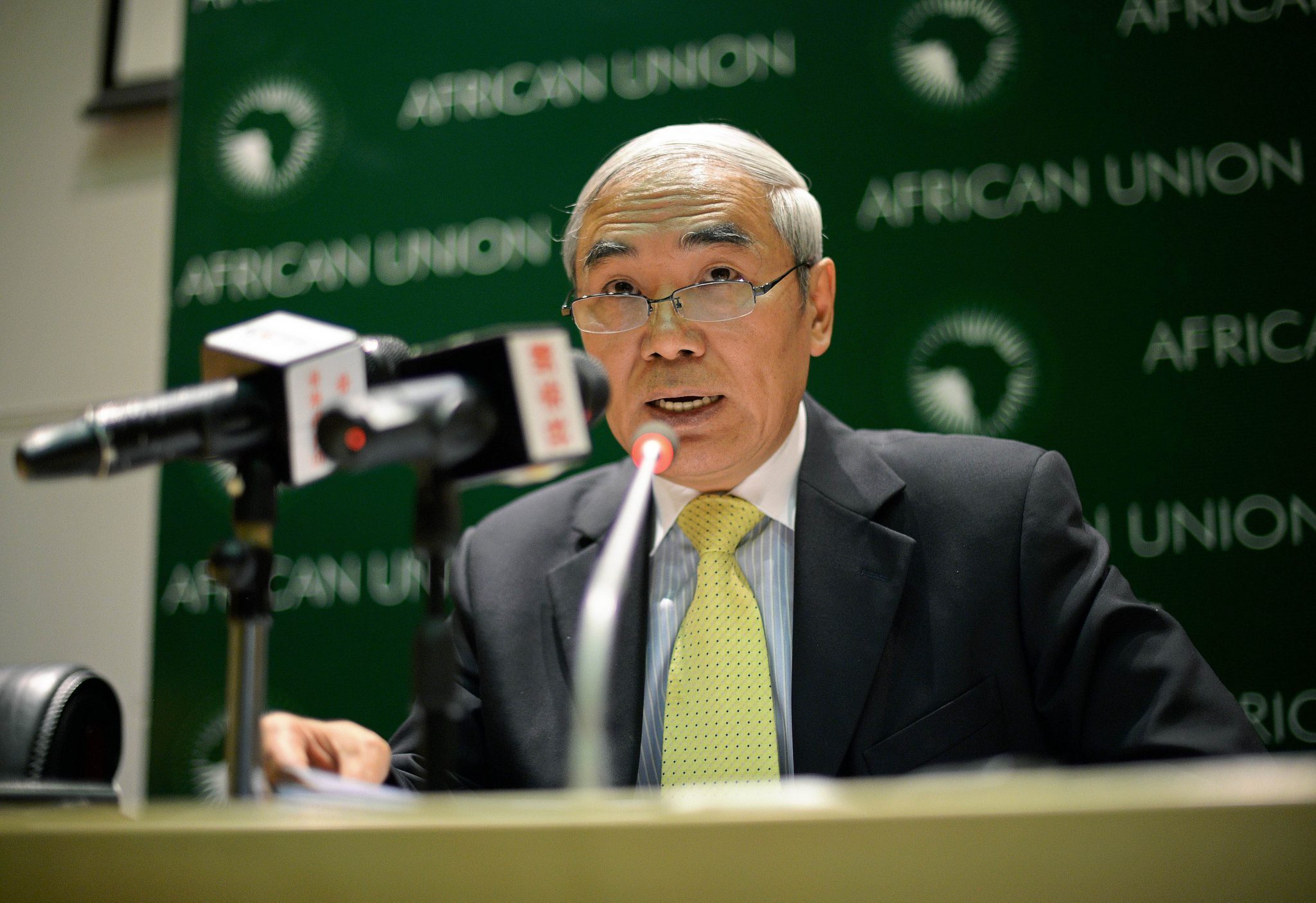
Russian warships off the coast of Norway are carrying fighter bombers that are likely to reinforce a final assault on the besieged city of Aleppo in two weeks, a senior NATO diplomat said on Wednesday, citing Western intelligence.
Assad regime, backed by Russia, said on September 22 it was starting a new wide offensive to recapture the rebel-held parts of Aleppo after a week-long ceasefire was declared officially over on 19 September.
Since 19 September, more than 800 civilians were killed and more than 2000 injured in rebel-held areas of Aleppo province, including the besieged eastern part of the city, Civil defense workers said.
However, Russia declared that a temporary ceasefire will take place on Thursday to allow the civilians to leave the besieged areas, a move that was rejected by rebels who say the goal is to empty rebel-held areas of civilians so they can start a new offensive to take over the whole city.
The fleet passed by the Norwegian city of Bergen on Wednesday, the diplomat said, while Russian media has said it will move through the English Channel, past Gibraltar and into the Mediterranean Sea to the Syrian coast.
“They are deploying all of the Northern fleet and much of the Baltic fleet in the largest surface deployment since the end of the Cold War,” the diplomat said on condition of anonymity.
“This is not a friendly port call. In two weeks, we will see a crescendo of air attacks on Aleppo as part of Russia’s strategy to declare victory there,” the diplomat said.
Starting a new offensive
Photos of the vessels have been released by the Norwegian military, taken on Monday. A Norwegian newspaper quoted the head of the Norwegian military intelligence service saying the ships involved “will probably play a role in the deciding battle for Aleppo”.
The NATO diplomat said the additional military firepower was designed to drive out or destroy the 8,000 rebels in Aleppo, the only large city still in opposition hands, and allow Russian President Vladimir Putin to start a withdrawal.
NATO officials also say that strategically, Russia’s air strikes are securing its interests by protecting Assad and Russia’s Syrian port in Tartous, which boosts its access to the Black Sea that it controls after taking the Crimean peninsula.
“With this assault, it should be enough to allow a Russian exit strategy if Moscow believes Assad is now stable enough to survive,” the diplomat said.
The fleet off Norway includes Russia’s only aircraft carrier, the Admiral Kuznetsov, which is carrying jet fighters, and the Soviet-era nuclear-powered battle cruiser Pyotr Velikiy, or Peter the Great. Other Russian vessels in the group include the anti-submarine warships of the Severomorsk and Vice-Admiral Kulakov and support ships, Russian media has reported.
Russia: EU is overreacting
However, Russia rejected the claims saying that their normal drill has “provoked a nervous response from some European states, who said they could send their vessels to intercept the group.”
Russian Today reported that the group is now conducting three-day exercises in the Northern Sea 170 nautical miles (273 kilometers) away from the Norwegian coast. The drills involve practice flights of the carrier’s aircraft. The exercises were closely monitored by the HNoMS Fridtjof Nansen, a frigate of the Norwegian navy.
“The decision to send the Admiral Kuznetsov on its latest mission was made in late September, and the tour of duty is expected to last four to five months. The Russian air carrier has previously carried out military operations in the eastern Mediterranean over the last few years, aiding Russian Air Forces battling militants including the Islamic State (ISIS) and the Al-Qaeda offshoot Al-Nusra Front in Syria,” RT added.
Admiral Kuznetsov was commissioned in 1990 and is so far Russia’s only aircraft carrier. Manned by a crew of 1,960 naval personnel, it has Granit anti-ship cruise missiles and as well as Blade and Chestnut gun systems in its arsenal and can transport more than 50 aircraft.
The Assad regime forces, backed by Russian air power, Iranian ground forces and Shi’ite militia fighters from Iran, Iraq, and Lebanon, has been tightening its grip on rebel-held districts of Aleppo this year, and this summer achieved a long-held goal of fully encircling the area.
Recovering full control of the rebels’ last significant urban area would be the most important victory of the war so far for Assad, strengthening his control over Syria’s most populous and strategically important regions.



